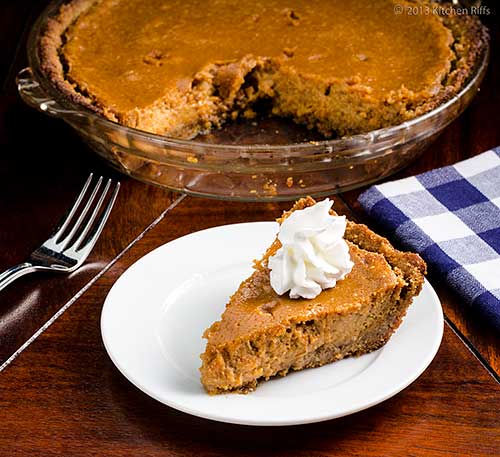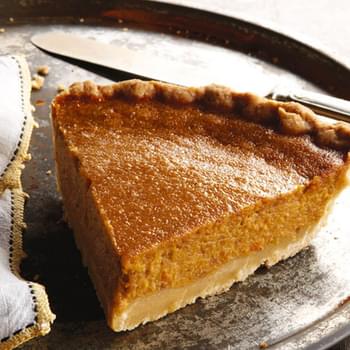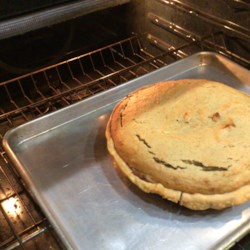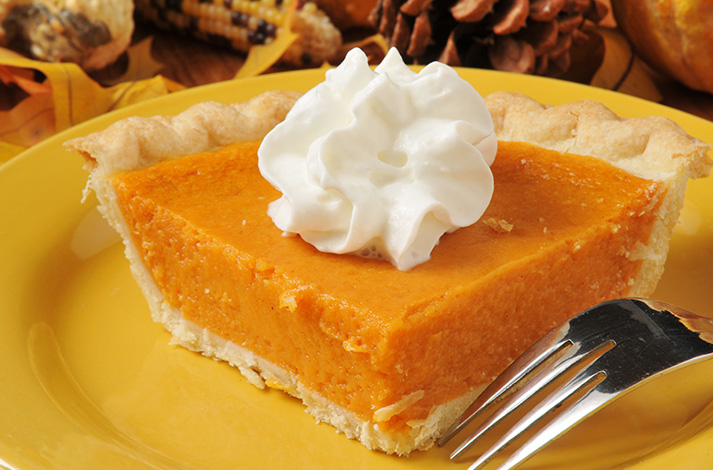


Place half the dough strips parallel to each other across the top of the filled pie. Roll out the chilled dough and cut it into 1-inch thick strips. To make a lattice top, you’ll need to double your pie dough if it’s not already a recipe for a double crust. Your crust is now ready to fill or blind bake. Prick crust all over with a fork, then chill crust for 30 minutes.

If you’re not making a top crust, then the crimp edges now. Transfer crust to a 9-inch pie pan by gently rolling it up onto the pin, then carefully unfurling it into the pan.
#Cooking nytimes sweet potato pie Patch
(If your rolled dough doesn’t end up in a neat circle, you can trim it, and use the trimmings to patch up any rips, holes or bald spots.) Too much flour all at once makes a tough crust.Ĭontinue to roll the dough in all directions until you have a 12-inch circle. Lightly dust the counter with flour as you work. Rotate the dough clockwise as you work so it’s uniformly thin and isn’t rolled irretrievably into the counter. Put the dough on the floured surface and, using the pin, roll away from you, applying pressure evenly. (Alternatively, you can roll the dough out between two sheets of parchment paper or plastic wrap no flour required.) Lightly dust flour onto a clean counter and onto a rolling pin. Add 8 tablespoons chilled, cubed butter and proceed according to the directions above. Add 3/4 cup grated sharp cheddar pulse until mixture forms coarse crumbs.

In a food processor, pulse together the flour and salt.For a vegan option, the honey can be swapped with maple syrup for incredible results. Enjoy these on their own with a cup of tea or try them with a scoop of vanilla ice cream or whipped cream, which lends balance to the sticky sweetness. At a time when sugar was not a main sweetener, sweetness was achieved with ingredients like rice syrup and honey, paired with ginger and cinnamon. Traditionally served on Korean festival days like Chuseok and Seollal, birthdays and ancestral rites like jesa, the anniversary of a loved one’s passing, yakgwa are also an encapsulation of Korea’s dessert history. Called yakgwa (yak meaning “medicine” and gwa meaning “confection”), these treats originally from the Goryeo dynasty (918-1392) are seeing a resurgence in popularity from Seoul to the world, thanks to social media. These not-too-sweet Korean honey cookies, fried and then soaked in gingery syrup, are uniquely soft and chewy on the outside and flaky on the inside.


 0 kommentar(er)
0 kommentar(er)
